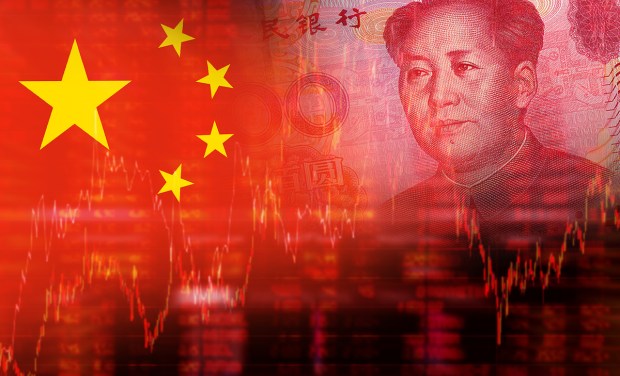China Creeps Toward Deflation as Recovery Slows

While much of the world deals with inflation, China has the opposite problem.
The country’s economy reached the edge of deflation last month, the Financial Times (FT) reported Monday (July 10), triggering calls for the government to issue a robust stimulus package as China’s economic recovery stumbles.
The country’s consumer price index was flat year over year and declined 0.2% compared to the prior month, per the report. Meanwhile, factory gate prices dropped at their quickest rate in seven years due to weakening demand for consumer and manufactured goods.
“China is still growing — the question is whether it will hit its target,” said Heron Lim, an economist at Moody’s Analytics, in the report. “In terms of that recovery, it is still there, but the concern is it’s slowing down.”
However, Lim added in the report that there isn’t much expectation that the People’s Bank of China (PBoC) will carry out a “bazooka”-level stimulus.
“Despite the fact the economy is quite near deflation, it doesn’t look like the PBoC is looking at monetary stimulus of the kind the U.S. Fed or European Central Bank would be doing,” he said, according to the report.
Another sign of slowing in China is the country’s initial public offering (IPO) market, which saw applications for public listings drop by a third in the first half of 2023. It’s a situation driven by a weakening economy, along with more scrutiny from regulators.
Chinese exchanges accepted 330 new applications in the first six months of this year, compared to more than 500 during the same period last year.
“Regulators have imposed stringent rules and penalties on the sponsors, making them more cautious in sponsoring companies’ IPOs,” Terence Ho, Greater China IPO leader at EY, said earlier this month.
Meanwhile, Americans continue to deal with inflation, as rising prices have left consumers across income levels stretching their budgets even in the highest earning brackets.
PYMNTS and Lending Club research found the rate of consumers earning between $150,000 and $200,000 annually living paycheck to paycheck with issues paying bills is 8.6%, a higher share than the income brackets both above and below this demographic. Elsewhere, financial lifestyles fall into more expected patterns.

